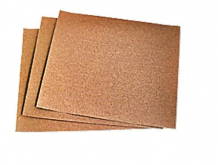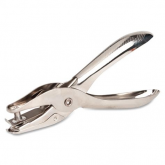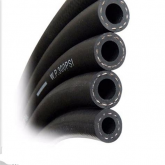Hedges
I See Electromagnetic Fields!
- Joined
- Mar 28, 2020
- Messages
- 20,590
I would be careful. I think it's possible for some of the JB to ooze up even though you took precautionary steps.. Not saying it will happen and I don't know. Personally I would not recommend putting a nut on until it is fully cured.
Perhaps nylon nut would work as an insurance policy - probably wouldn't bond well to JB Weld.
McMaster-Carr
McMaster-Carr is the complete source for your plant with over 595,000 products. 98% of products ordered ship from stock and deliver same or next day.
Did any of you end up purchasing those hollow dowels with sandpaper glued onto the end? That seems like the best way to clean off the terminal surface after all the messy work is done and before final assembly...



Although, I prefer random motion of sandpaper so as not to cut concentric grooves.



